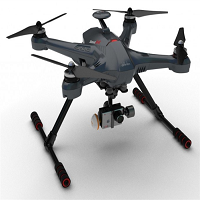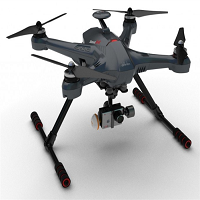Security Drones – Multipurpose Use in The Society Today

UAVs - airborne vehicles that are coordinated from a distance or through prearranged directions, with no ready pilots - have for quite some time been utilized in the military. Since their pilots can be a huge number of miles away, UAVs can watch unfriendly territory without risking human lives.

Security Drones
What's more, since they don't have to convey pilots, UAVs can be more modest than a customary airplane - some of the time absolutely little - which permits them to explore more tight spaces and remain on high with less fuel than monitored airplanes. However, regardless of these advantages, their reception for regular citizen use has been unbearably sluggish.
The essential snag has been UAVs' actually restricted ability to distinguish and stay away from other airplanes and items. Remote pilots should depend on ready sensors, which frequently give restricted data and which might possibly glitch.
Along these lines, the Federal Aviation Administration seriously confines the utilization of UAVs in homegrown airspace. Public offices wishing to work with UAVs inside the United States should apply for consent, Security Drone Operator Training and are by and large expected to have ground onlookers or directed airplanes in visual contact with a UAV at whatever point in space is available to other air traffic.
Clearly, wellbeing is the main concern, yet the expenses of deferring the far-reaching utilization of UAVs are probably going to be at last higher than the risks of utilizing them.
The potential purposes for Security Drones in nonmilitary personnel life are practically perpetual. They could look after desolate ranges of shoreline and desert, where runners and human dealers currently move with relative opportunity. They could screen metropolitan traffic and blaze flooding.
